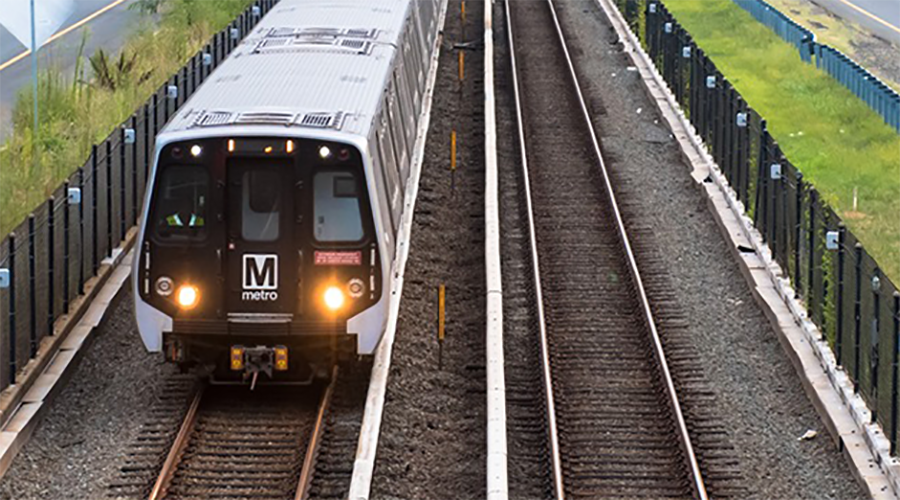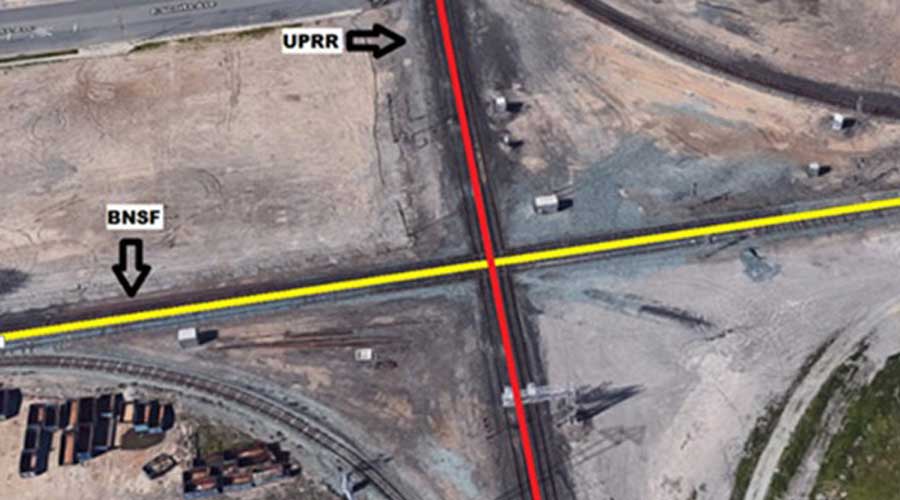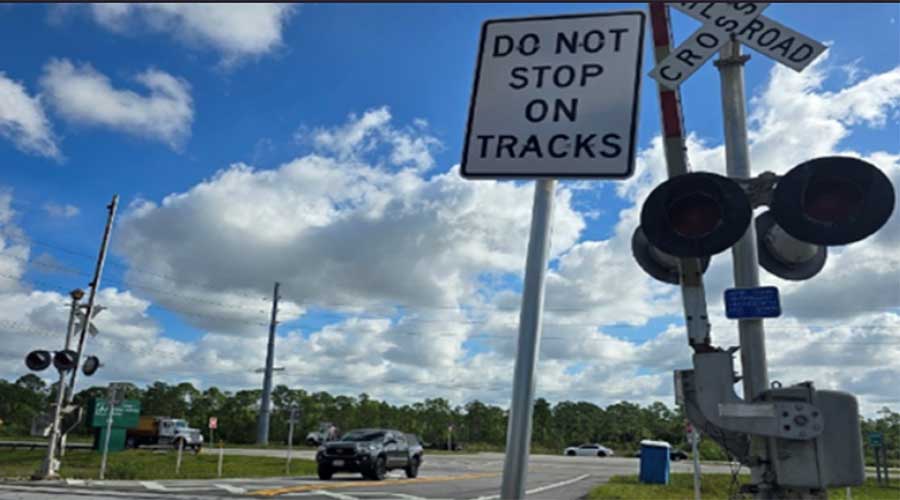Newsletter Sign Up
Stay updated on news, articles and information for the rail industry
Stay updated on news, articles and information for the rail industry
RAIL EMPLOYMENT & NOTICES
Rail News Home
High-Speed Rail
Rail News: High-Speed Rail
4/25/2011
Rail News: High-Speed Rail
Ohio rail group seeks to advance smaller passenger-rail projects within 3C Corridor
advertisement
Late last year, the U.S. Department of Transportation redirected $400 million in High Speed Intercity Passenger Rail funds earmarked for Ohio after new Gov. John Kasich made it clear he planned to return the money to the federal government. But Ohio rail advocates haven’t given up hope that intercity passenger trains will some day operate along the 3C Corridor, connecting Cleveland, Columbus, Dayton and Cincinnati. And these days, they’re taking a new approach to developing rail service throughout the corridor.
“Instead of trying to the get 3Cs lined up with each other, we’re trying to get some passenger-rail service going in the individual cities,” says Ken Prendergast, executive director of rail advocacy group All Aboard Ohio. “Of all the cities, the only one with rail service is Cleveland. It’s difficult to advocate for something that’s so conceptual. When you talk to people about rail, you might as well be talking about something from Mars.”
Ohio has limited intercity passenger-rail service, with Amtrak long-distance trains passing through the state, and the cities included in the 3C corridor haven’t been rail-linked since the early 1970s. That’s why establishing streetcar, light rail or commuter rail systems within the individual cities, with an eye on establishing an intercity connection between them later, might be a more effective approach, Prendergast believes.
“We need to demystify rail, create a constituency for rail and create infrastructure within those cities for rail,” he says. “Once you have the investment there, it reduces a major barrier to entry for intercity rail service.”
Ohio communities, residents and even some GOP legislators are responding “very well” to the prospect of adding local rail service, says Prendergast.
“We’re finding there’s much broader support for the regional and localized rail investments,” he says, adding that, in an era of high gasoline prices, commuters seek relief for their day-to-day trips rather than, say, traveling across the state to go to a ball game, which is seen as an optional trip. “For us, this is an easier sell.”
Proposed local rail systems include a planned streetcar system in Cincinnati, the WestShore commuter-rail line — currently in the alternatives analysis phase — that would run between downtown Cleveland and Lorain, and the possible extension of the Cuyahoga Scenic Valley Railroad into downtown Cleveland.
Ohio rail supporters hope pending freight-rail improvements can be used to benefit future passenger-rail services, as well.
“The thought always has been to use passenger-rail investments to benefit freight, but because we don’t have state funding for passenger rail, but we do for freight, we’re looking at places in the state where an investment in freight also would benefit passenger service,” says Prendergast.
One example is the Raveena Connection, a one-mile track connection that would create a rail link trains between Youngstown and Cleveland.
“Right now, you can’t get a freight or passenger train from Youngstown to Cleveland. After the steel industry collapsed, we lost a lot of infrastructure and now with investments being made in industry in Youngstown, it revealed a weakness in rail service to the Port of Cleveland,” says Prendergast. “This would create a connection for NS tracks into Youngstown and a CSX line into Cleveland, and this one link could be used by freight and passenger trains.”
And once Ohio cities have more rail links available for residents to sample, the intercity component will be easier to sell and execute, Prendergast believes.
“I think the intercity rail will come once we have these links,” he says. “The support for incremental costs of overlaying that [intercity system] on top of the urban rail systems will be much stronger.”
— Angela Cotey
“Instead of trying to the get 3Cs lined up with each other, we’re trying to get some passenger-rail service going in the individual cities,” says Ken Prendergast, executive director of rail advocacy group All Aboard Ohio. “Of all the cities, the only one with rail service is Cleveland. It’s difficult to advocate for something that’s so conceptual. When you talk to people about rail, you might as well be talking about something from Mars.”
Ohio has limited intercity passenger-rail service, with Amtrak long-distance trains passing through the state, and the cities included in the 3C corridor haven’t been rail-linked since the early 1970s. That’s why establishing streetcar, light rail or commuter rail systems within the individual cities, with an eye on establishing an intercity connection between them later, might be a more effective approach, Prendergast believes.
“We need to demystify rail, create a constituency for rail and create infrastructure within those cities for rail,” he says. “Once you have the investment there, it reduces a major barrier to entry for intercity rail service.”
Ohio communities, residents and even some GOP legislators are responding “very well” to the prospect of adding local rail service, says Prendergast.
“We’re finding there’s much broader support for the regional and localized rail investments,” he says, adding that, in an era of high gasoline prices, commuters seek relief for their day-to-day trips rather than, say, traveling across the state to go to a ball game, which is seen as an optional trip. “For us, this is an easier sell.”
Proposed local rail systems include a planned streetcar system in Cincinnati, the WestShore commuter-rail line — currently in the alternatives analysis phase — that would run between downtown Cleveland and Lorain, and the possible extension of the Cuyahoga Scenic Valley Railroad into downtown Cleveland.
Ohio rail supporters hope pending freight-rail improvements can be used to benefit future passenger-rail services, as well.
“The thought always has been to use passenger-rail investments to benefit freight, but because we don’t have state funding for passenger rail, but we do for freight, we’re looking at places in the state where an investment in freight also would benefit passenger service,” says Prendergast.
One example is the Raveena Connection, a one-mile track connection that would create a rail link trains between Youngstown and Cleveland.
“Right now, you can’t get a freight or passenger train from Youngstown to Cleveland. After the steel industry collapsed, we lost a lot of infrastructure and now with investments being made in industry in Youngstown, it revealed a weakness in rail service to the Port of Cleveland,” says Prendergast. “This would create a connection for NS tracks into Youngstown and a CSX line into Cleveland, and this one link could be used by freight and passenger trains.”
And once Ohio cities have more rail links available for residents to sample, the intercity component will be easier to sell and execute, Prendergast believes.
“I think the intercity rail will come once we have these links,” he says. “The support for incremental costs of overlaying that [intercity system] on top of the urban rail systems will be much stronger.”
— Angela Cotey


 2025 MOW Spending Report: Passenger-rail programs
2025 MOW Spending Report: Passenger-rail programs
 Gardner steps down as Amtrak CEO
Gardner steps down as Amtrak CEO
 Guest comment: Oliver Wyman’s David Hunt
Guest comment: Oliver Wyman’s David Hunt
 Women of Influence in Rail eBook
Women of Influence in Rail eBook
 railPrime
railPrime







